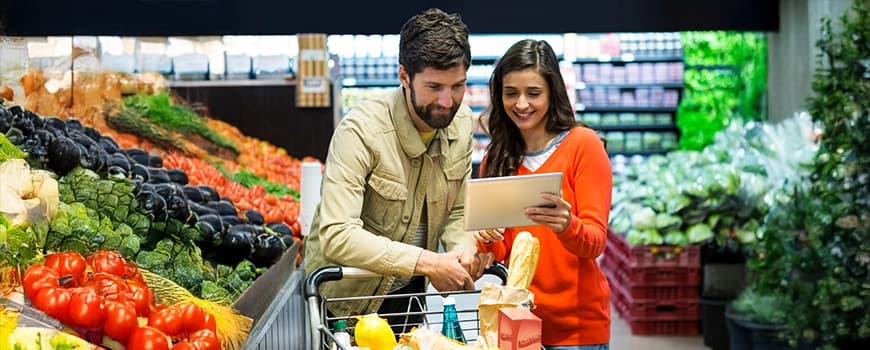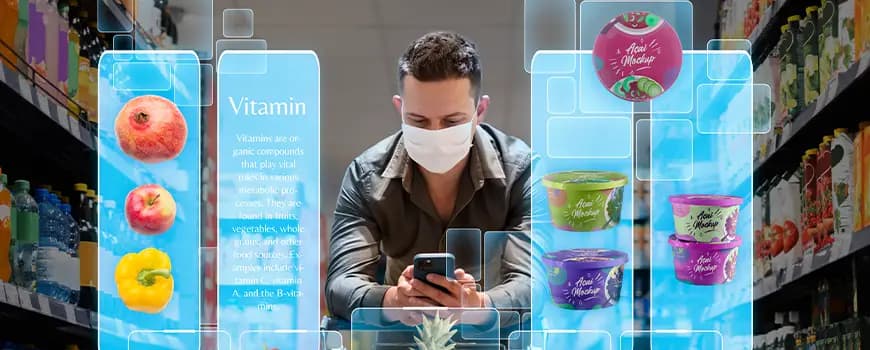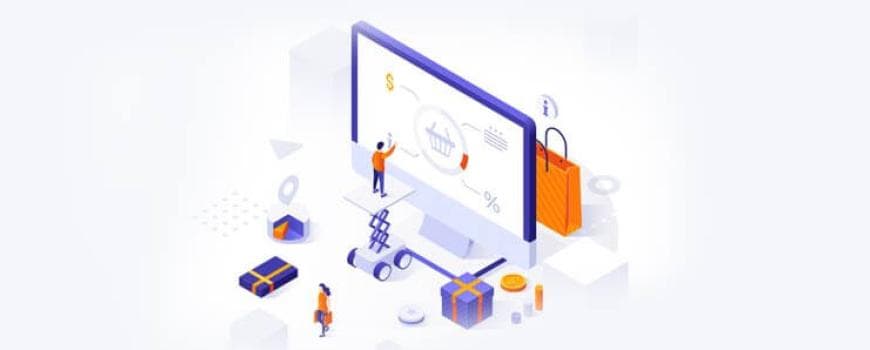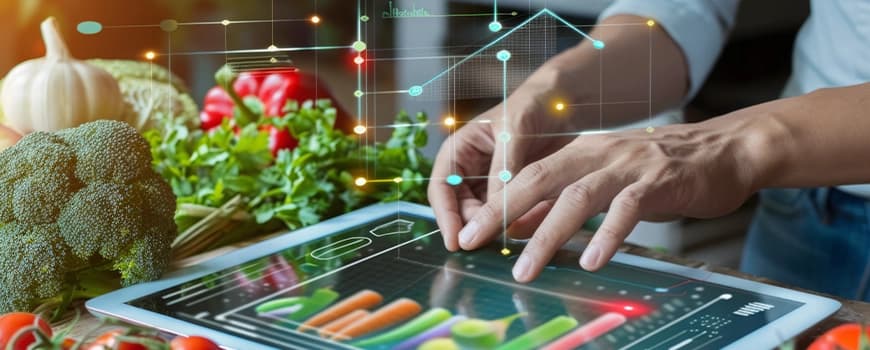Mastering Price-driven Customer Decisions in Grocery in 2021
30 December 2020


Rahul Ravi
Marketing and Communications ManagerWith over 2 years of experience in business administration across multiple industries, Rahul Ravi was responsible for enhancing the distribution of leading retail companies through identifying...
Do you remember the time when Walmart’s Mexico unit penalized the food houses who provided Amazon the groceries at a lower price, pressurizing them on their pricing with Amazon or when Amazon lowered its prices at Whole Foods by 20% to drop its price gap with Kroger in an attempt to draw more customers into their stores?
In order to thrive in an over saturated industry, grocery giants had always been investing a lot more into price optimization for generating the right pricing perception to convince their customers. The latest advancements in technology coupled with the 360 degree shift in customer behavior is a wake-up call for the grocers to clean break the dry run with their legacy pricing approaches to embrace Artificial Intelligence for pricing and performance measures.
But how precisely can the grocery chains leverage Artificial Intelligence to make pricing optimization more convenient and quick to hold up and succeed? Imagine a world where the profit is maximized for any product that you sell. A world where you need not invest much of your critical time in deciding on more beneficial purchase prices and developing more successful pricing strategies because you have a self-driven framework within your grocery chain involved. With Artificial Intelligence, this world is becoming a reality.
The Grocer’s Dilemma of Price Optimization
Some of the key concerns faced frequently by grocery chains are:
- If they want to sell their groceries in less than a week, what price should they set?
- Considering the current condition of the market, what really is the acceptable price of a particular product?
- How high can they give a discount below their starting prices?
And the list goes so on! Despite the fact that appropriate optimization of prices can be an opportunity that helps business to expand, many grocery chains are not ready to put in the effort to capitalize on their pricing decisions. It takes a lot of time and effort to identify the perfect market prices. Unfortunately, a grocery chain only invests an average of less than 8 hours a year which is never enough, on its pricing policy. They instead turn to tactics like wild predictions, shallow discounts, and value-less pricing.
The fact is that most grocery pricing solutions don't really drive optimum chain-wide performance because the consequences of cross-price elasticity, cross-promotional elasticity, and affinity or halo relationships across different products are beyond their computational capability.
But with pricing automation, grocery chains can adopt dynamic pricing to entirely or partially automate the price changes depending on their market requirements. A large number of internal (stock or inventory, KPIs, etc) and external variables (competitor rates, demand, etc) are evaluated by pricing tools to generate prices that correspond with the pricing strategy of a grocery chain.
Automating Pricing Optimization to Increase Revenue

According to PwC, 60% of shoppers prefer grocers with ideal prices than their competitors. In order to make quick decisions and place optimum prices for at least a thousand items weekly or even daily, the employees will need to have advanced analytical powers; which is obviously too much to ask from the grocery store workforce!
In order to overcome this dilemma grocers can opt one from the two options available. They could either keep investing in building an internal pricing optimization framework or find a technical partner who develops along with all the grocery chain's needs to provide a turn-key AI strategy. Be it either, equipping the grocery chain with AI, is the best decision the grocers can make for a while!
Optimized Pricing & Promotions for Grocery
The ability of a grocery store to adapt to its consumer demands intelligently by using its inventory or goods, or creating a brand perception by appropriate pricing decisions helps it to stay afloat irrespective of what the current market situation is.
Finding the best price for your product begins with having a deep understanding of your customers and the price that maximizes value for them and benefits for you. For that you need to understand who your best customers are and what they want from your grocery chain. Apart from this, you will need to know your market: grocers are going to have different considerations than the B2B businesses.

“According to a survey conducted by PwC, price trumped all other reasons on why customers went shopping with their favorite grocery chain.”
Implementing a self-learning model through leveraging Artificial Intelligence can keep your grocery chains up-to-date with the current market conditions, shopper’s behavior and items change. Using AI based solutions such as Intelligent Customer Insights and Crisis Command Center you can have an interface that is intuitive, easy to understand and relevant to access all your relevant data and insights from pricing history information to fast-breaking customer behavior shifts and competitive developments, in order to remodel, optimize and replicate with the agility required to take advantage of evolving market conditions.
With Data-driven predictive methodologies grocery chains can also hold a unique selling point without forfeiting superior customer experience through improving the price waterfall of offers and promotions across all your touch points. Grocers today need differential pricing strategies that enable the intentions and shopping goals of their consumers which evolve over time. The ideal way to seamlessly make that possible it to use the customer and marker data smartly to understand the conditions and set aside dollars concentrating on the most important promotions to build a true incremental effect on your promotions and pricing activity; at both the item and basket levels.
At Applexus, through our intelligent rapid deployment offerings we help grocery chains to make more precise predictions and automate their decisions to know the tipping point for the prices of their products that delivers the maximum benefit by running A/B pricing tests and optimizing them for their product range. If you would you like to learn more about how to leverage artificial intelligence to optimize the pricing and promotion decisions of your grocery chain, visit https://www.applexus.com/iris.












